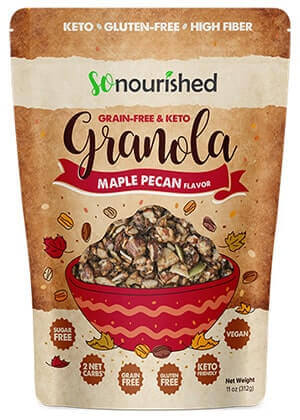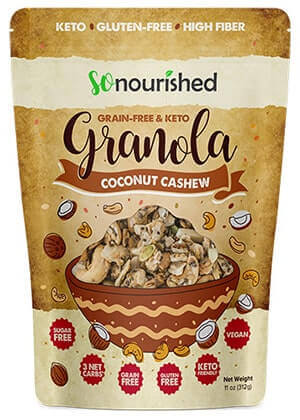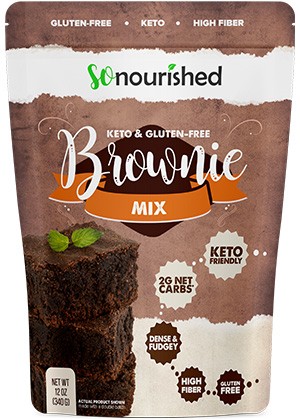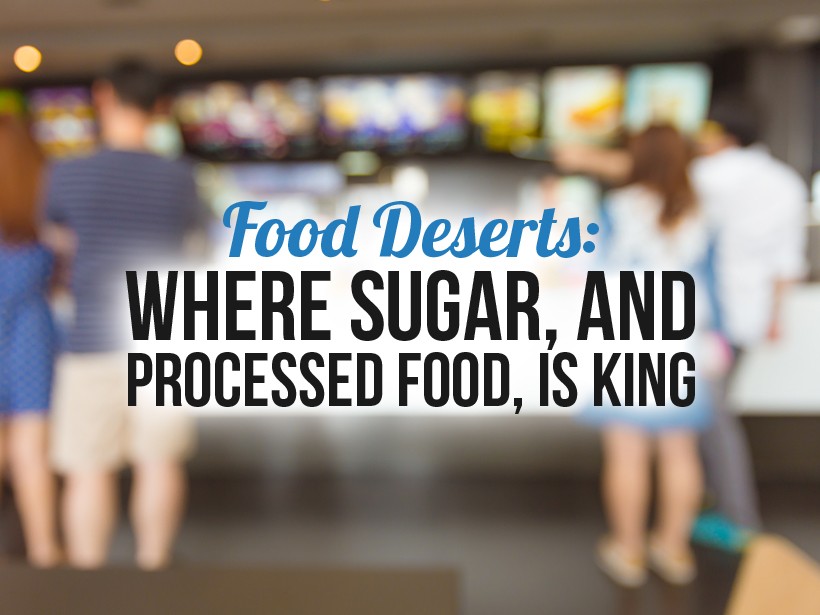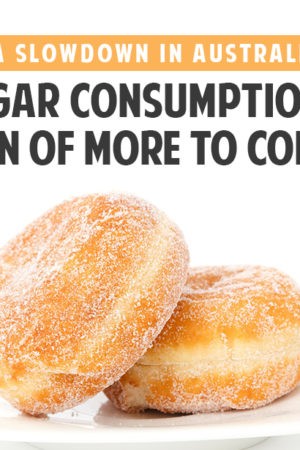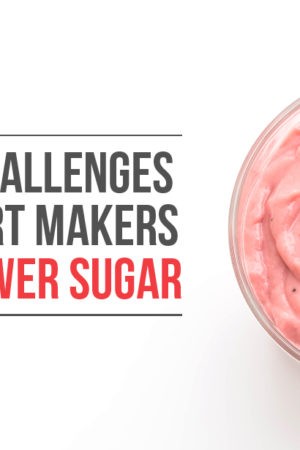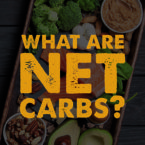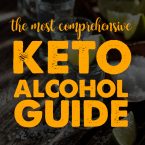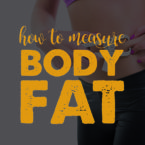“Food deserts” are defined by the U.S. Department of Agriculture as areas of the country, usually impoverished, without ready access to healthy food.1 This does not mean, however, that these populations have zero access to food whatsoever; instead, people in these areas are forced to rely on local convenience stores and fast food chains as a substitute. In the absence of supermarkets or farmers’ markets, residents rely on snacks, cereals, and canned goods loaded with added sugar, for energy. It is difficult to ignore this combination of poverty, hunger, and access only to high-carb, processed foods, when looking to find the root causes of the crisis of obesity and obesity-related illnesses in the United States.
Erasing Food Deserts
In many ways, the prevalence of food deserts seems to be at the core of U.S. problems with sugar-addiction, obesity, and related issues like type two diabetes. One study of Chicago neighborhoods found the death rate from diabetes in areas classified as food deserts to be twice that of places with access to grocery stores.2 And the numbers of people living in such places are frightening in and of themselves: 500,000 in Chicago and 750,000 in New York City, for example.
This is no new problem. As early as 2002, studies were being conducted that related poverty, food access, and obesity.3 Since then, the government has taken steps to fight this inaccessibility. Michelle Obama, who took on childhood obesity as her signature issue, pushed supermarket chains to expand into these neighborhoods, although the results were underwhelming.4 Real progress has yet to be made, however, and it will no doubt be some time before the war chest of federal subsidies and grants is cracked open.
Is it Enough?
The question remains, however: would supermarkets alone serve as a fix, or is the problem more deeply ingrained? Some studies suggest that food accessibility alone is not enough to flush added sugar and processed food out of the American diet. A 2014 study in the American Journal of Preventative Medicine determined that improving access to healthy food only works in conjunction with lower prices and improved marketing of that food, as well as with strategies to help consumers resist junk food marketing.5 A similar study by the Department of Agriculture found that rates of obesity were associated more closely with people's access to sugary, processed food to begin with, than their lack of access to healthy food.6 These studies suggest that bringing people out of food deserts is only the tip of the iceberg. The addictive levels of sugar in our diets and incessant advertising by the junk food industry poses a more formidable problem, and may require more comprehensive action. It nonetheless seems, however, that basic access is the place to start.
NUTRITIONAL DISCLAIMER
The content on this website should not be taken as medical advice and you should ALWAYS consult with your doctor before starting any diet or exercise program. We provide nutritional data for our recipes as a courtesy to our readers. We use Total Keto Diet app software to calculate the nutrition and we remove fiber and sugar alcohols, like erythritol, from the total carbohydrate count to get to the net carb count, as they do not affect your blood glucose levels. You should independently calculate nutritional information on your own and not rely on our data. The website or content herein is not intended to cure, prevent, diagnose or treat any disease. This website shall not be liable for adverse reactions or any other outcome resulting from the use of recipes or recommendations on the Website or actions you take as a result. Any action you take is strictly at your own risk.
- California Pushes for Cigarette-Like Warning Labels on Soda - July 1, 2019
- Is a Slowdown in Australia's Sugar Consumption a Sign of More to Come? - June 24, 2019
- Groundbreaking Study Says the Sugar Rush Doesn't Exist - June 12, 2019


